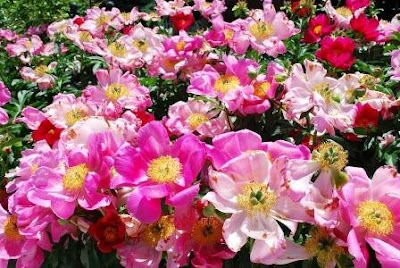 One downside to a long, rainy spring is fireblight. Fireblight is a bacterial disease that is much more prevalent in warm, wet weather. It is thought to be spread by birds and bees, and most often affects members of the large rosaceae family of plants. Apples (including flowering crabs) are particularly susceptible, but other woody ornamentals, such as mountain ash, hawthorn, serviceberry, and quince, can become infected as well. The disease moves rapidly through the plant, and there is no known cure.
One downside to a long, rainy spring is fireblight. Fireblight is a bacterial disease that is much more prevalent in warm, wet weather. It is thought to be spread by birds and bees, and most often affects members of the large rosaceae family of plants. Apples (including flowering crabs) are particularly susceptible, but other woody ornamentals, such as mountain ash, hawthorn, serviceberry, and quince, can become infected as well. The disease moves rapidly through the plant, and there is no known cure.We noticed our quince (Chaenomeles speciosa ‘Cameo’) hedge was infected---almost a dozen branches with crisp, dried leaves---and took action yesterday to help prevent more damage. The best method is to prune out the diseased wood, 8-12” below the infected area, and dispose of the clippings in the garbage (not compost). It’s also important to clean your tools with a bleach solution (1 part bleach: 9 parts water) between each and every cut.


























